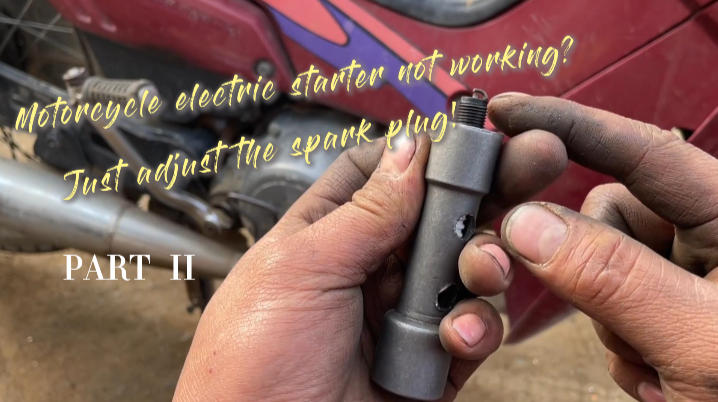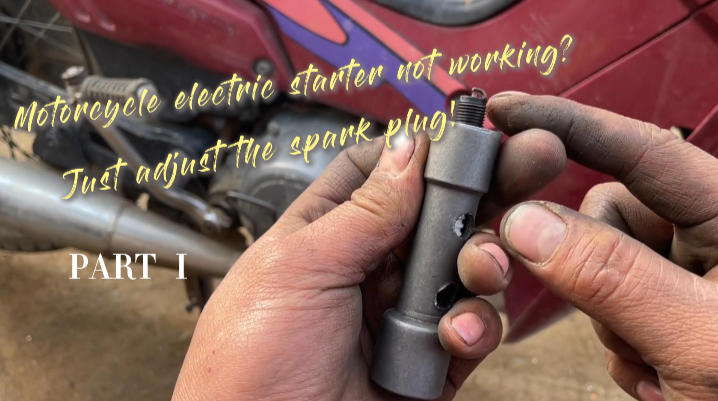Beginner's Guide to Electric Motorcycles
-
20
-
2025-08-29 10:32:31
Let's dive into the exciting world of electric motorcycles with our comprehensive beginner's guide. Discover how they work, their advantages, charging methods, and more.
The world of motorcycles is becoming increasingly electrified. From high-performance sport bikes to everyday commuters, electric motorcycles are growing more commonplace. As a beginner, the world of electric motorcycles may seem intimidating, but don't be afraid. This guide will give you a comprehensive understanding of electric motorcycles—from how they work to the experience and techniques you should keep in mind when riding.
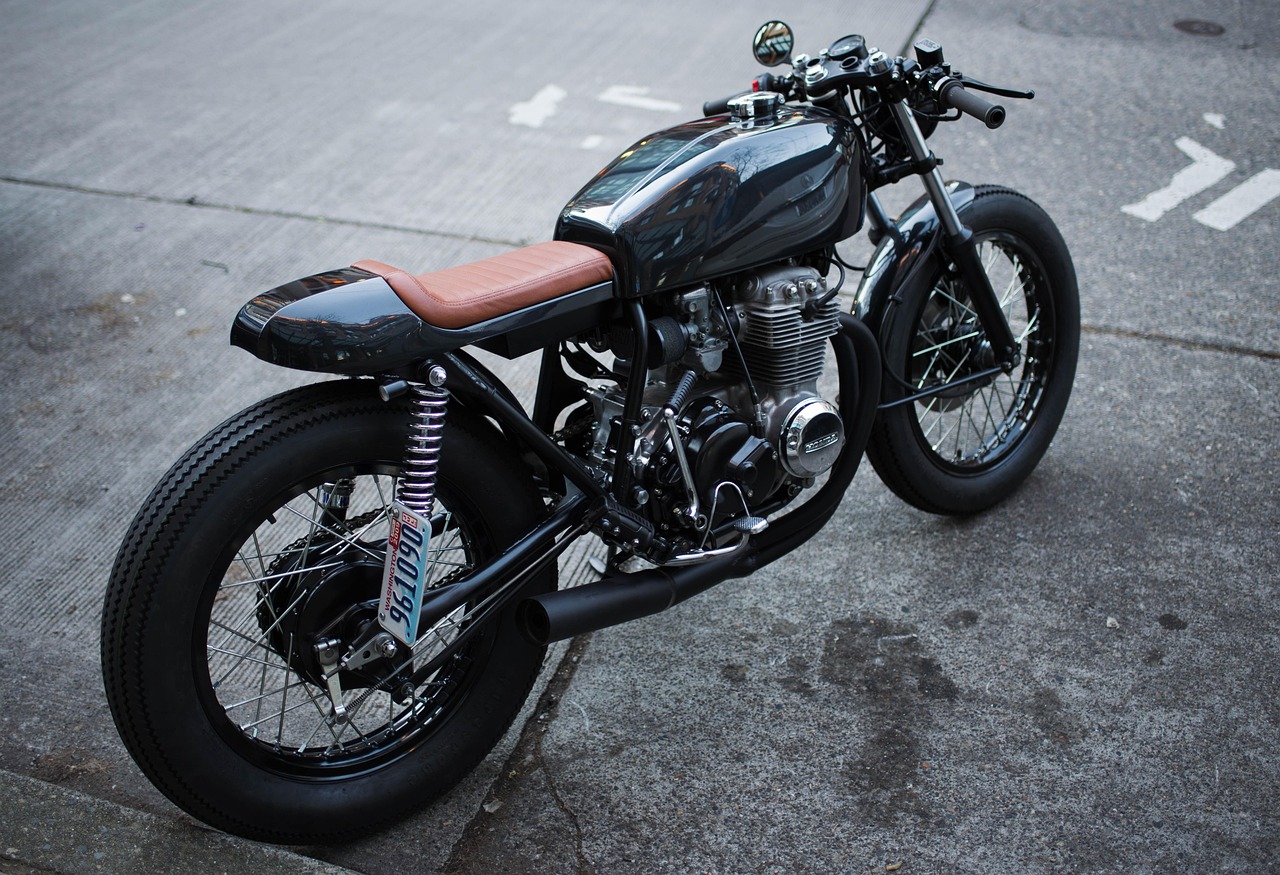
Getting Started with Electric Motorcycles
Electric motorcycles, as the name suggests, are powered by electricity, unlike gasoline-powered motorcycles. They consist of three main components: the battery, the electric motor, and the controller.
The battery stores the electrical energy that powers the motorcycle. It is typically a lithium-ion battery, similar to those found in laptops or smartphones, though significantly larger. The electric motor converts the battery's electrical energy into mechanical energy, propelling the motorcycle forward. The controller acts as an intermediary, managing the current flow from the battery to the motor.
A diverse range of electric motorcycles exists on the market, including sport, commuter, off-road, and touring models. These categories generally mirror their gas-powered equivalents, with the primary distinctions lying in electric transmission and energy consumption.

Differences Between Electric and Traditional Motorcycles
There is a noticeable difference in riding feel between electric motorcycles and gasoline-powered motorcycles. Electric motorcycles deliver instant torque, meaning they can accelerate very quickly. They are also typically quieter, smoother, and require no shifting.
In terms of cost, while electric motorcycles often have a higher upfront price, they typically become more economical over time due to lower fuel and maintenance expenses.
From an environmental perspective, electric motorcycles clearly have the advantage with zero tailpipe emissions. Although battery manufacturing can be energy-intensive, the carbon footprint of electric motorcycles is generally smaller than that of gasoline-powered motorcycles over the entire lifecycle of the vehicle.
Advantages and Disadvantages of Electric Motorcycles
Like all technologies, electric motorcycles have their pros and cons. On the plus side, they are environmentally friendly, reducing carbon dioxide emissions and noise pollution. Their operating costs are also lower due to cheaper energy and maintenance expenses—no oil changes are required, and fewer moving parts mean fewer components prone to damage.
However, electric motorcycles also have limitations. Most notably, range and charging time. To date, even the best electric motorcycles cannot match the range of gasoline-powered bikes, and charging the battery takes longer than filling a gas tank. Additionally, the upfront cost of electric motorcycles is typically higher, primarily due to the expense of the battery. Finally, while charging infrastructure has improved, it remains less widespread than gas stations.
Charging Considerations for Electric Motorcycles
Charging an electric motorcycle is as simple as plugging it into a standard power outlet. However, this method, commonly referred to as Level 1 charging, is relatively slow and may take several hours to fully charge the battery. Level 2 charging involves a higher voltage source, such as a home-installed charging station, and is significantly faster. DC fast charging at public charging stations is the quickest method, capable of charging some batteries to 80% capacity within an hour.
Regarding battery lifespan, most electric motorcycle batteries are designed to last for years and thousands of miles. Proper maintenance can further extend battery life. This includes maintaining moderate temperatures (extreme cold or heat can damage batteries), avoiding keeping the battery at 100% charge for extended periods, and preventing complete discharge.

Maintenance and Care for Electric Motorcycles
A significant advantage of electric motorcycles is their reduced maintenance requirements. There is no need to change oil, replace spark plugs, or adjust valves. However, certain components still require attention, such as tires, brakes, and suspension.
Battery maintenance is also crucial. As mentioned earlier, avoid exposing the battery to extreme temperatures and try not to charge it to 100% capacity or fully discharge it too frequently.
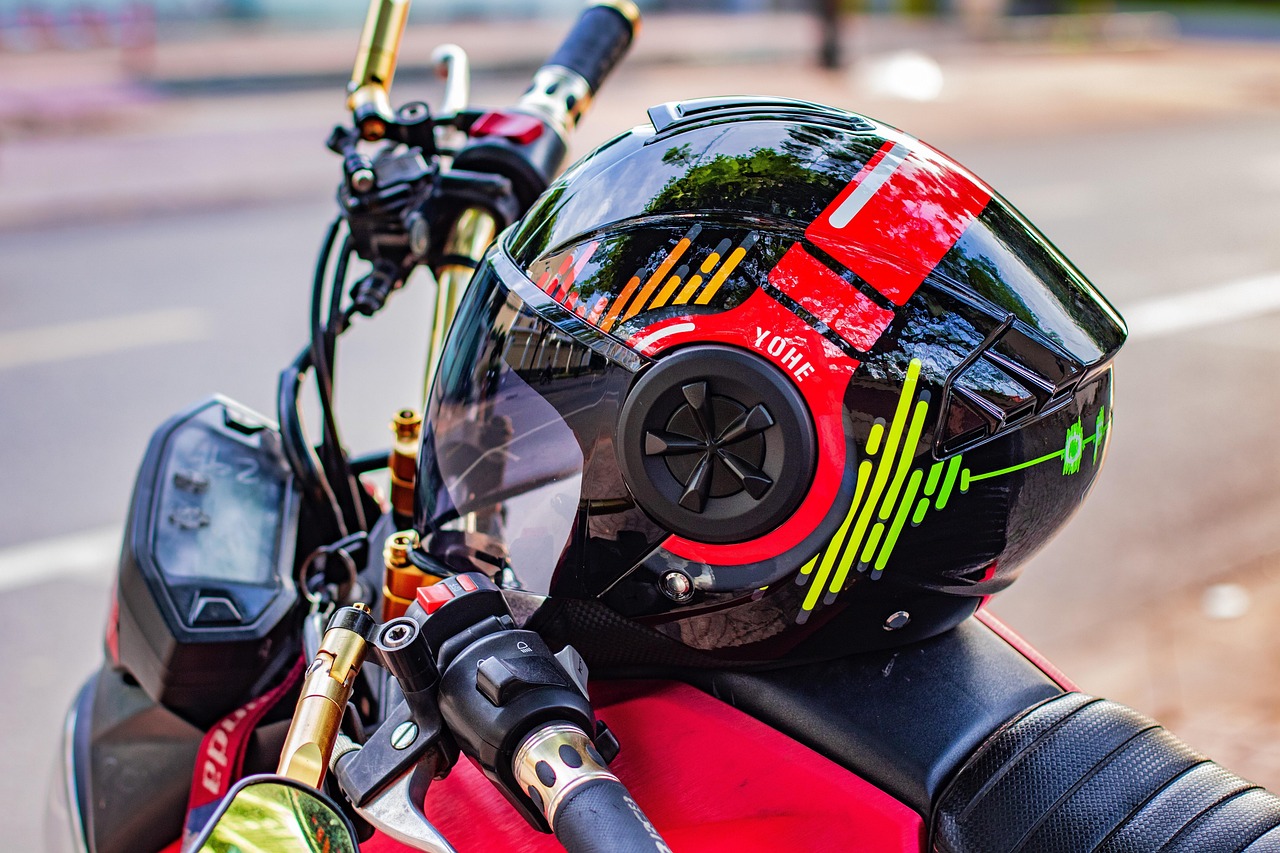
Legal and Safety Considerations
Just like gasoline motorcycles, electric motorcycles require registration, and riders must hold a valid motorcycle license. Helmet laws also apply to electric motorcycles.
From a safety perspective, the quiet operation of electric motorcycles can be a double-edged sword. While it reduces noise pollution, it also means pedestrians and other road users may not hear you approaching. Therefore, extra caution should be exercised to ensure visibility.
The Future Development of Electric Motorcycles
With continuous advancements in battery technology and motor efficiency, the performance of electric motorcycles has significantly improved, placing them in a phase of rapid development. The outlook for electric motorcycles is exceptionally promising. An increasing number of manufacturers—including established companies and startups—are entering the electric motorcycle market.
Furthermore, as overall demand for electric vehicles grows, charging infrastructure is expected to become more widespread and convenient, thereby reducing one of the primary limitations currently facing electric motorcycles.
Riding Experience and Techniques
Riding an electric motorcycle differs somewhat from riding a gasoline motorcycle. There's no need to worry about clutches or gears, which can make the learning process easier. However, the instant torque provided by the electric motor means acceleration can be very rapid, so beginners should ride cautiously to avoid minor mishaps caused by sudden bursts of speed.
Many electric motorcycles offer different riding modes that adjust power output and other parameters. For beginners, it's generally recommended to start in a lower power mode until they become accustomed to the instant power delivery.

Community and Resources
Joining an electric motorcycle rider community is a great way to share experiences, get advice, and learn more about electric motorcycles. There are numerous online forums and social media groups dedicated to electric motorcycles, and many cities have local groups organizing rides and other events.
Additionally, a wealth of resources exists to deepen your understanding of electric motorcycles, ranging from books and websites to training courses. As an exciting, rapidly evolving field, there's always more to learn about electric motorcycles. Use this guide as your starting point, and you'll be well on your way to joining the electric revolution.
-
Starterstock Starter Drive Bendix for Beta Enduro RR/Xtrainer
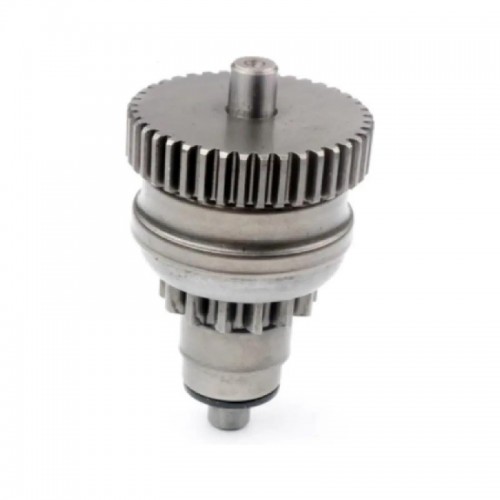
-
Starterstock Starter Drive Bendix for Sea-Doo Speedster 200 Twin 4-TEC

-
Starterstock Starter Drive Bendix for Polaris Trail Blazer/Sportsman
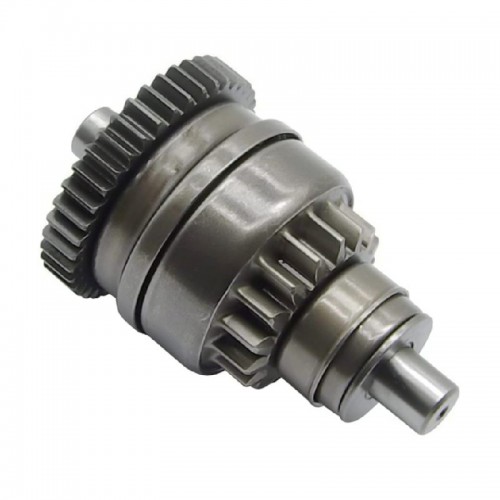
-
Starterstock Starter Drive Bendix for Kawasaki Jet Ski 650-1100
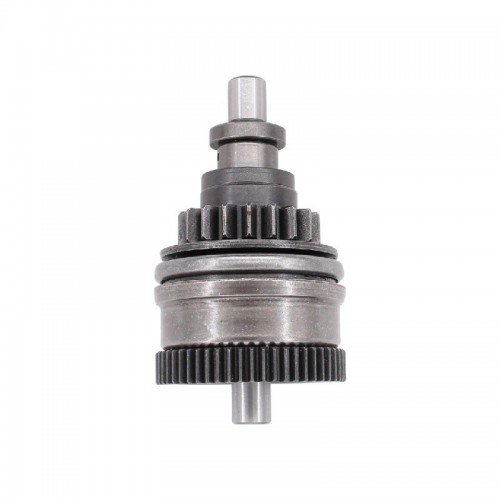
-
Starterstock Starter Drive Bendix for Yamaha WaveRunner/WaveRaider
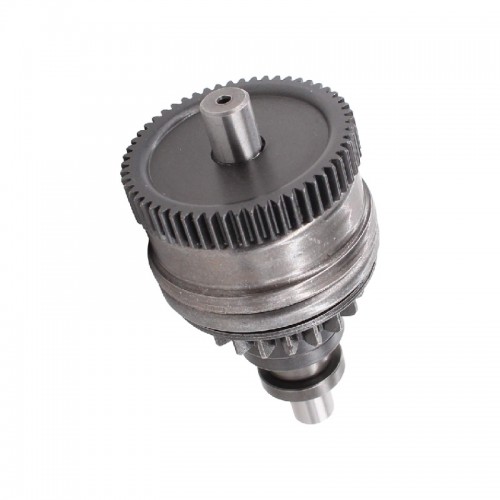
-
Starterstock Starter Drive Bendix for Polaris Sportsman/Ranger
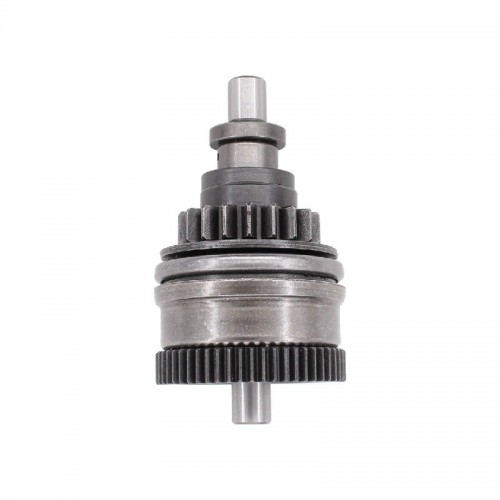
-
CARBURETOR LY-010011 for TOYOTA 4Y HILUX
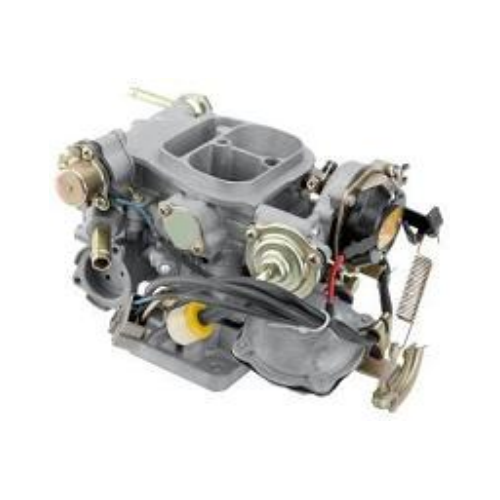
-
CARBURETOR LY-010010 for TOYOTA 3Y HIACE

-
CARBURETOR LY-010009-A for PEUGEOT 405 ZINC
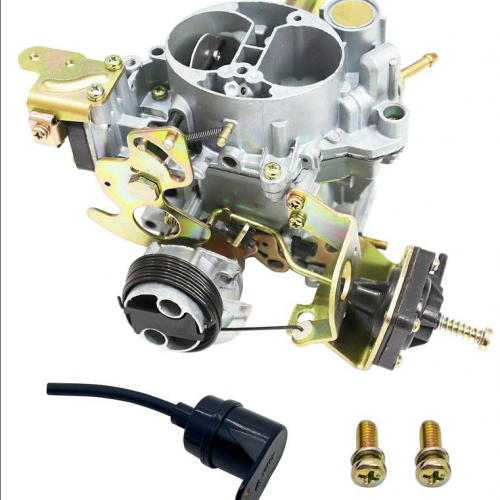
-
CARBURETOR LY-010009 for PEUGEOT 505 ZINC



